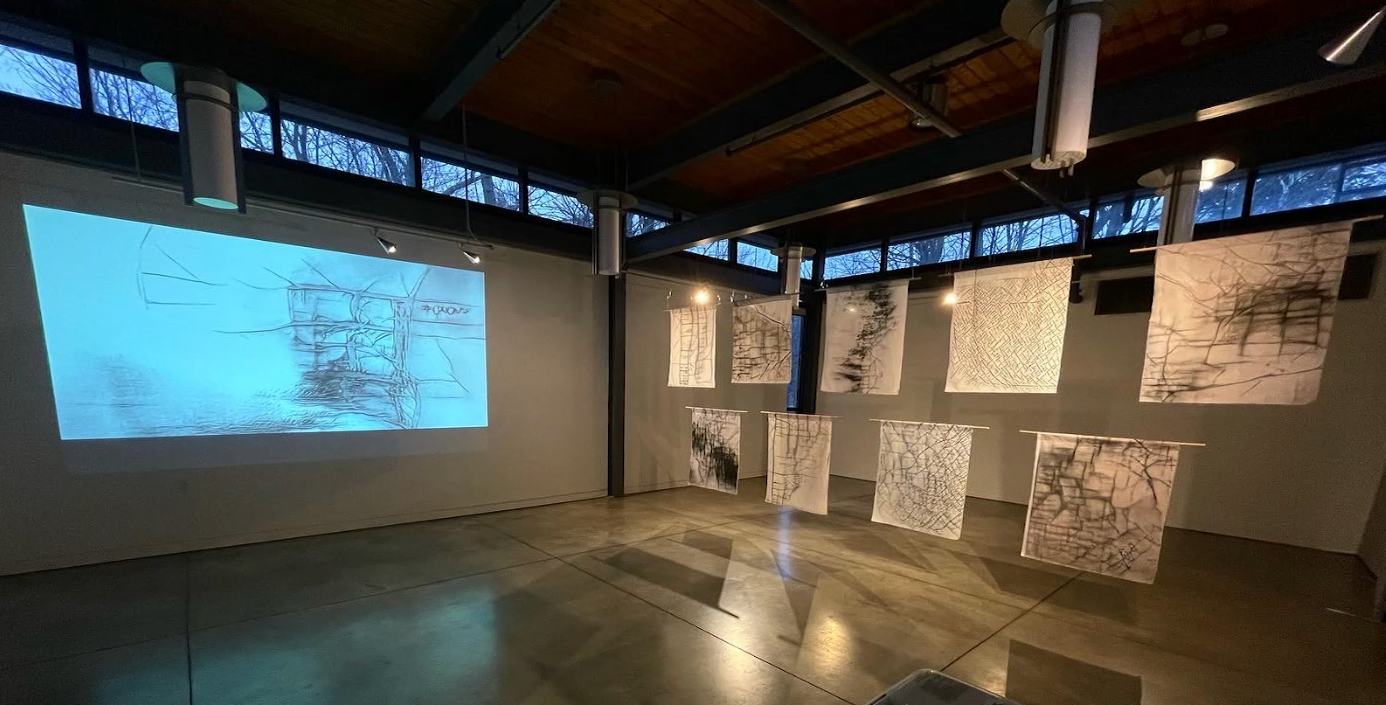
Evolving Maps; A Collective Memory (2022)
multi-media installation
Funded by the Canada Council for the Arts and Ontario Arts Council
Exhibited at in Toronto, Mississauga, and Berlin
The write up below is by Julia Salerno about this project:
Maps depict a singular power. This power dictates to us what is "true" and what is worthy of being recorded as "fact." Maps become aggressive demonstrations of legacies that work themselves over both our physical and inner worlds. We see our world within the limits of how it has been shown to us by those powerful enough to believe that it is their world/view worthy of record. The "truth" has been what they decided it would be.
Can maps be removed from the singularity of the power that creates them? Is it possible to introduce equity into a process that has been built on a tradition of legacy building as it relates directly to the processes of conquering land and peoples?
If so, then how?
The new media work "Evolving maps; the collective memory "(2021) aims to explore methodologies and new ways of recording information about physical space. The work speaks to the experiences of the people who live on and through it, expanding our understanding and giving it back to people that the maps work to reflect. Collectively informed, the maps are created through AI to envision a representation of space as experienced by those who are erased in traditional manifestations of maps. The maps redefine and recalibrate the problematic ideologies that historically have been presented as "fact."
The data used to generate these maps are collected through individual submissions. These maps prioritize the qualitative experiences and reports of members from the QTBIPOC community who contribute. Each person who takes part in the project follows prompts to draw a map from specific knowledge related to physical space. These maps could be from places they could not pass through anymore (due to forced displacement, exile, barriers, destruction, accessibility issues, etc.), a utopian future for the oppressed, or a map of a place or a memory where they feel safe. These maps are programmed into the AI deep learning system, where images are created as they relate to each piece of data. This process is an incredibly tedious one, with each map going through rigorous processes between two neural networks. These two networks are called "generator "and "discriminator."
“GAN” or Generative Adversarial Networks (first introduced in Montreal in 2014) has two neural networks that exist in a constant competition to generate new data based on the input provided. Over time, with the back and forth between the two networks, the system learns to balance critical pieces of information present within each initial input. This action is referred to as "training" the deep learning system. The generator network creates maps from the amalgamation of information as it passes through the filter of the discriminator network. By training this deep learning system, over time, the system learns, and the results reflect a deeper consideration for the profound relationships between each input.
It is important to note that AI can not be absent of its own set of prejudicial powers, as it acts out the network of values coded into it by its maker. With that said, we cannot ignore the significance of "Evolving maps; the collective memory "(2021) and what brings into our thinking about how we can begin to introduce equity into maps and map-making. The work finds balance in the collaborative effort needed to produce the maps. The more information it has to work with, the more informed each map has the potential of becoming. Each map goes through many iterations and exists forever unfinished, never becoming realized in full because of the nuances it is constantly considering and including.
Maps have existed as an extension of singular power and have worked over us to reinforce the faulty notion of a fixed and single truth about our physical and inner worlds. We have looked to them to find an understanding of the places we live. Instead of discovering a deeper understanding of ourselves with the physical world, we see a legacy that exists to conquer us completely. "Evolving maps; the collective memory" (2021) complicates this. The work asks us to consider mapping as a destabilizing practice that does not reinforce but responds to information. It asks us to consider the power of a collective deeply and to accept the many truths that pass through physical space.
These AI generated maps were then later turned into 3D landscapes with the help of 3D visual artist, Fezz Stenton.
I’d like to thank Canada Council for the Arts and Ontario Arts Council for funding this project.

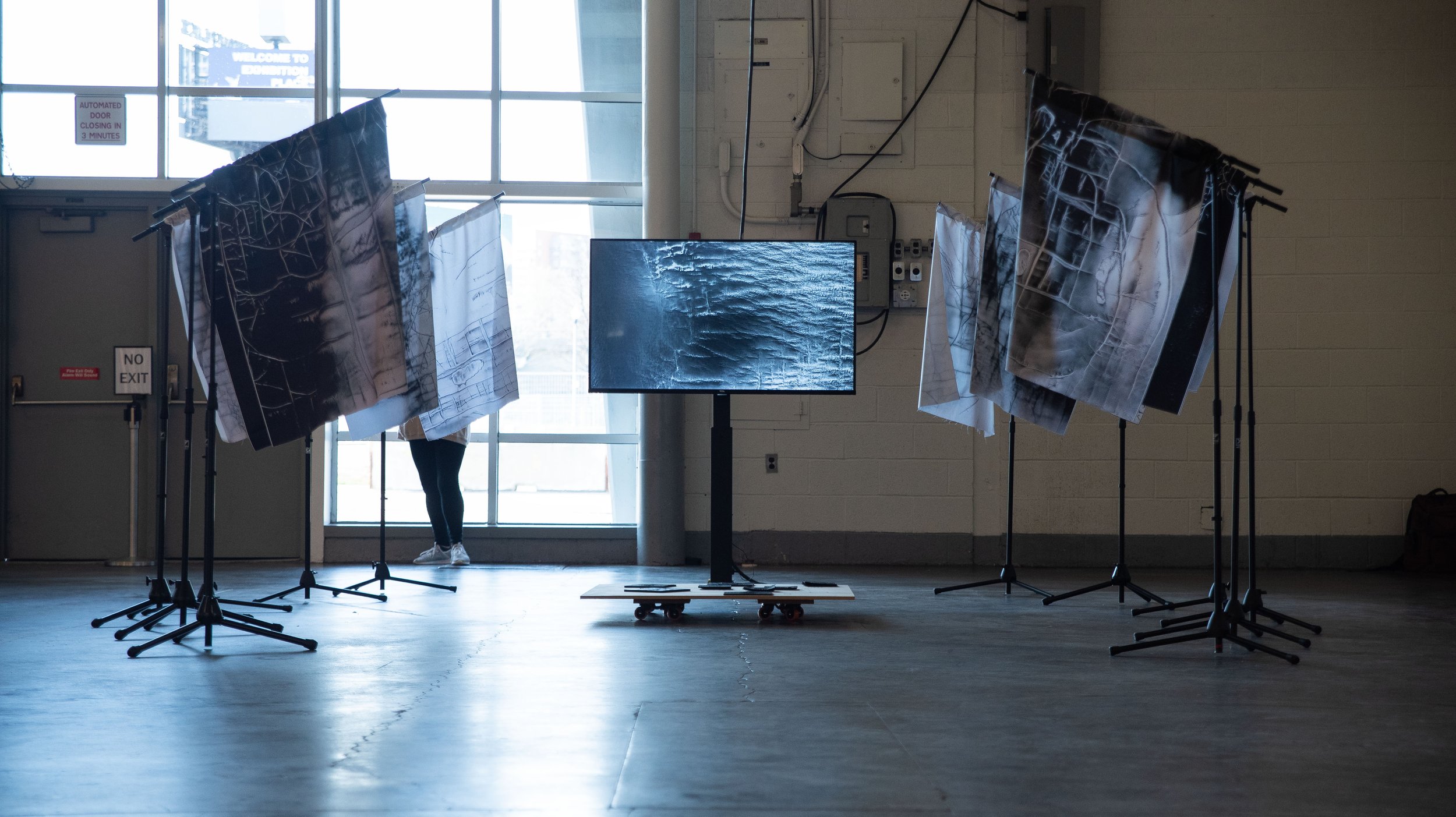



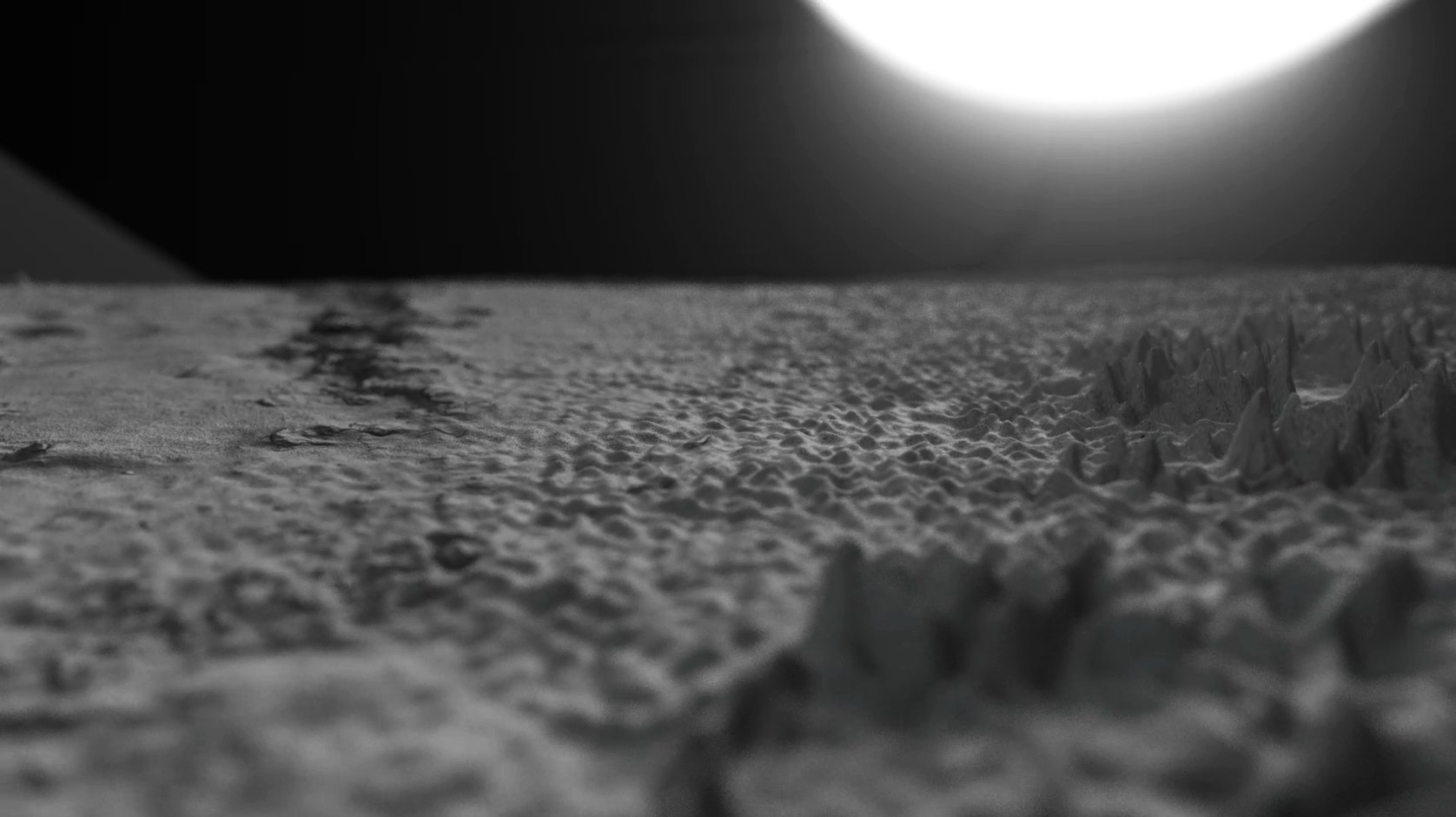
AI generated maps turned 3D by Fezz Stenton
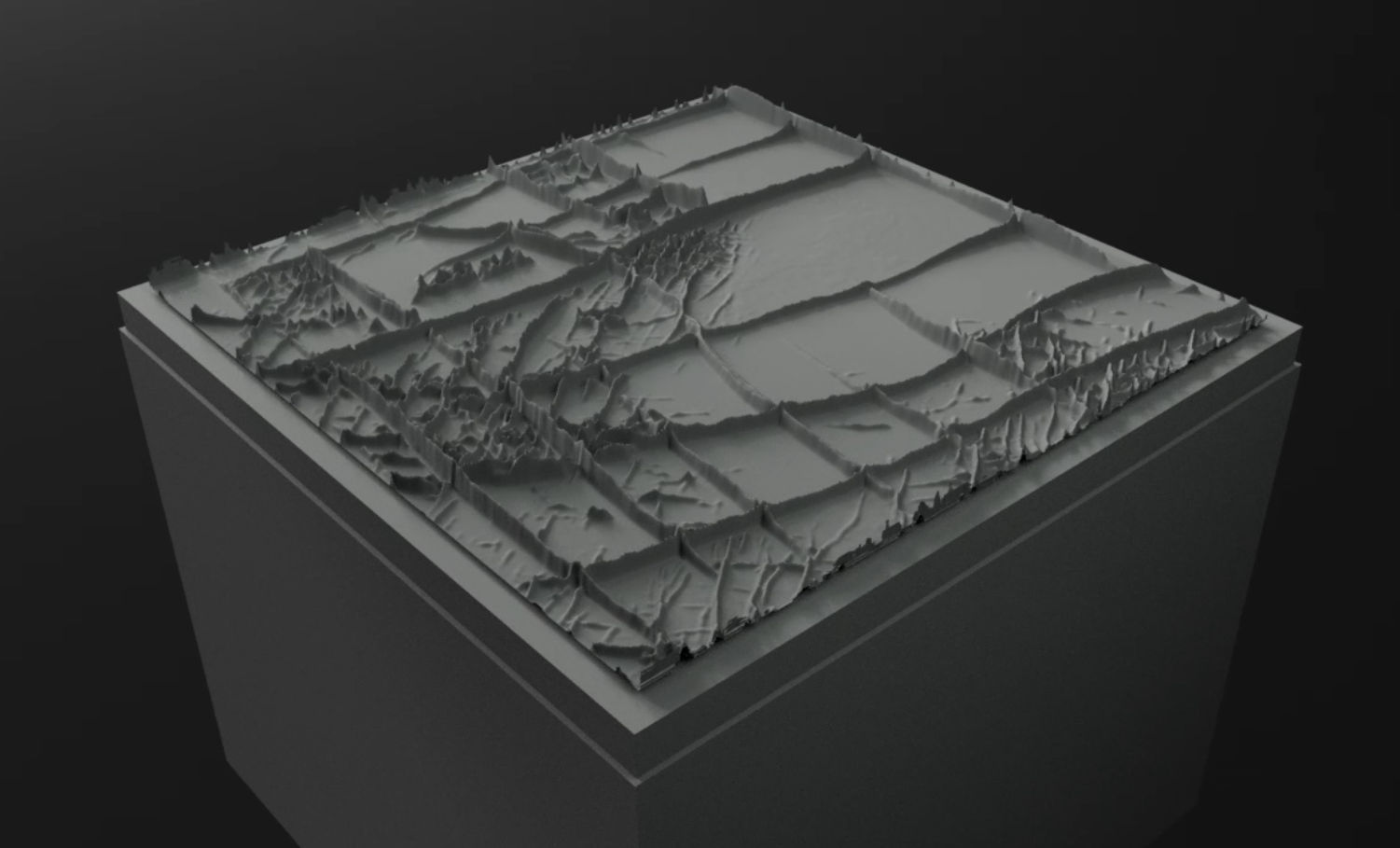
AI generated maps turned 3D by Fezz Stenton
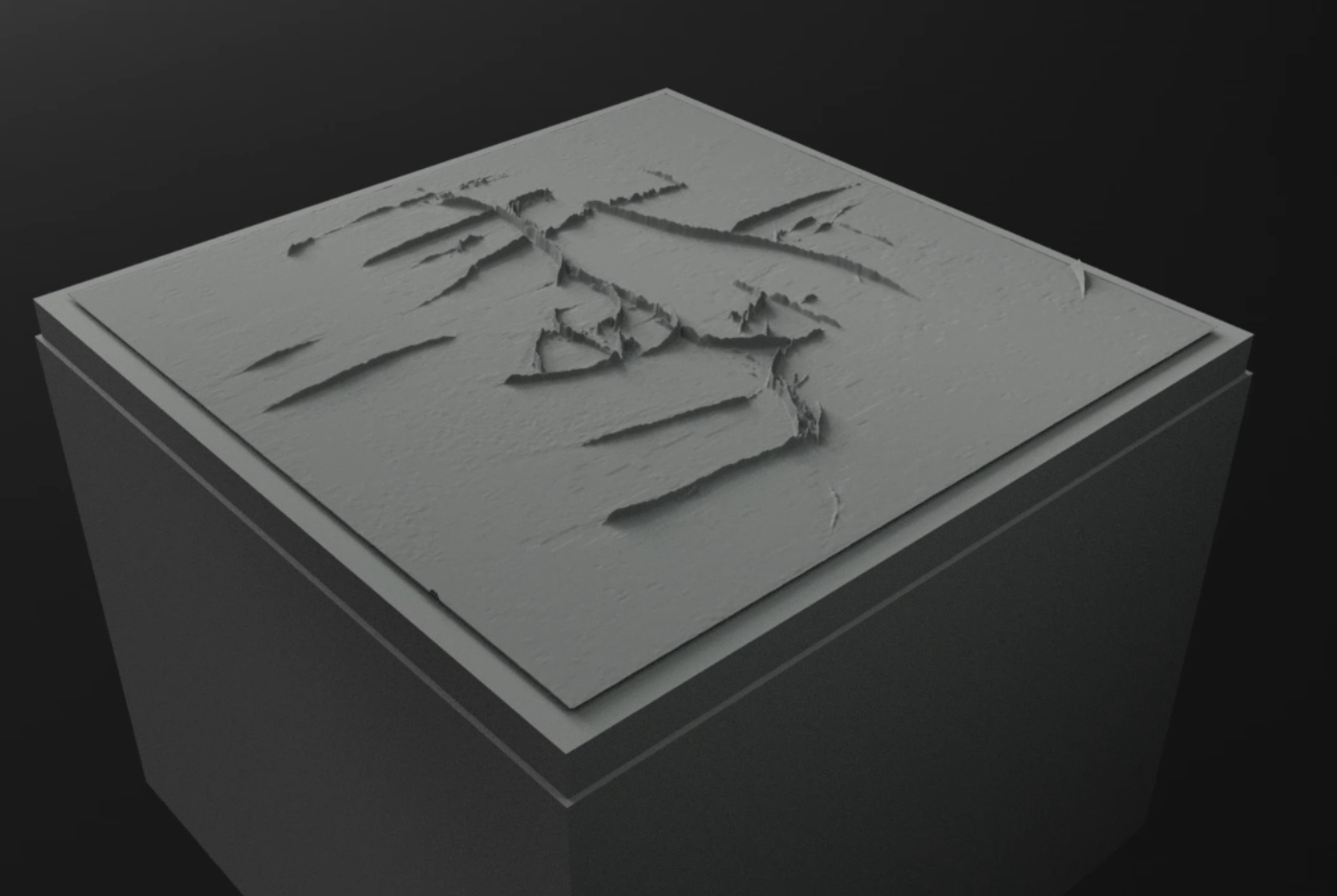
AI generated maps turned 3D by Fezz Stenton

Documentation of installation at Body Shop Studios, Toronto

Documentation of installation at Body Shop Studios, Toronto

Documentation of installation at Body Shop Studios, Toronto














Installation at Kunstraum Bethanien, Berlin, Germany, OCT 2021

Installation at Kunstraum Bethanien, Berlin, Germany, OCT 2021

Installation at Kunstraum Bethanien, Berlin, Germany, OCT 2021

Installation at Kunstraum Bethanien, Berlin, Germany, OCT 2021

Installation at Kunstraum Bethanien, Berlin, Germany, OCT 2021

Installation at Kunstraum Bethanien, Berlin, Germany, OCT 2021

Installation at Kunstraum Bethanien, Berlin, Germany, OCT 2021

Installation at Kunstraum Bethanien, Berlin, Germany, OCT 2021
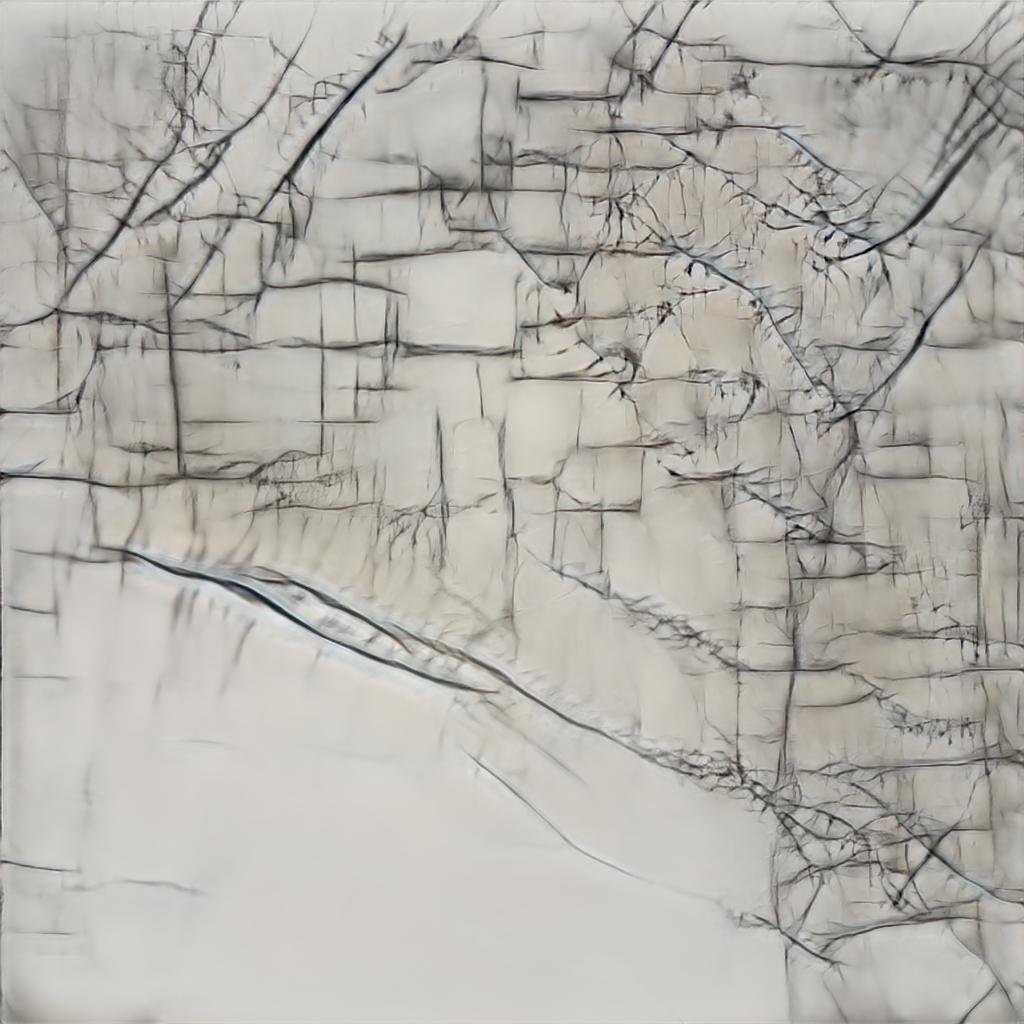
Examples of AI generated maps, 2021
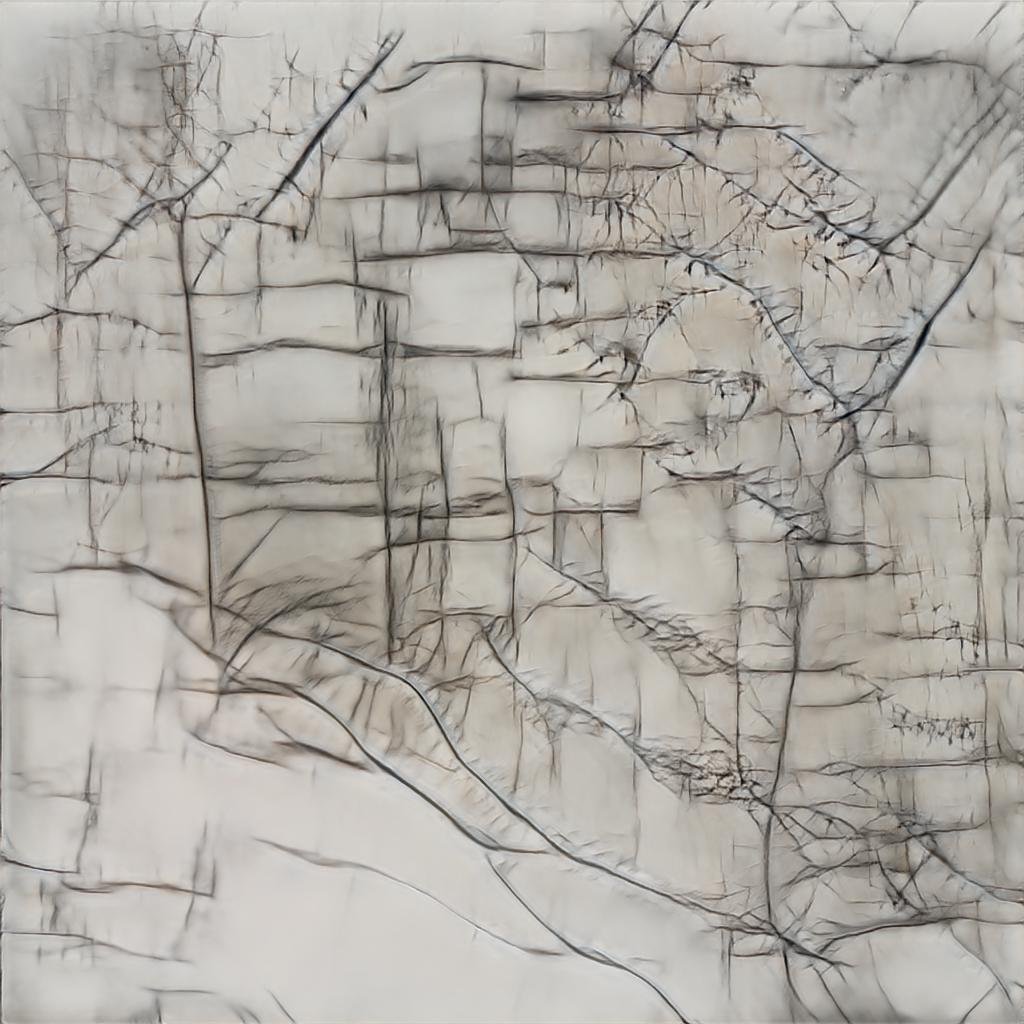
Examples of AI generated maps, 2021
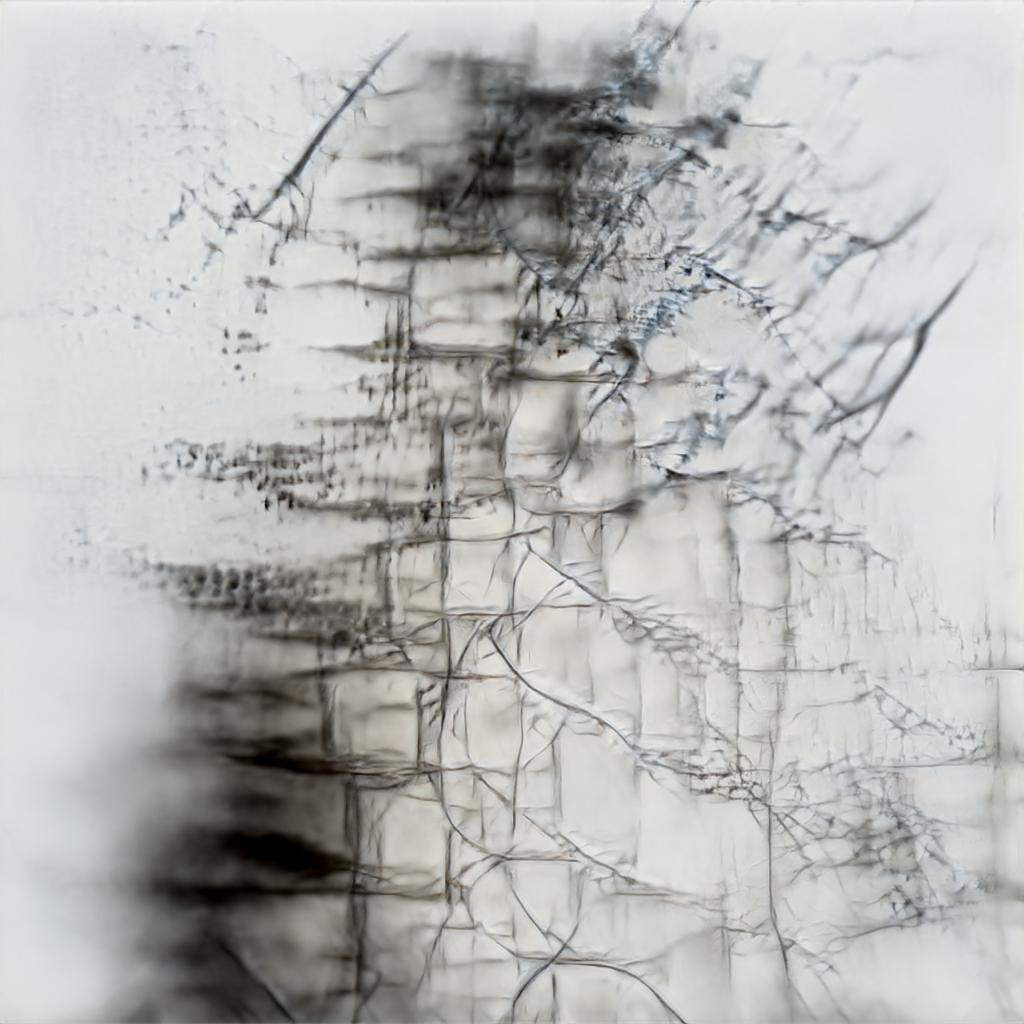
Examples of AI generated maps, 2021
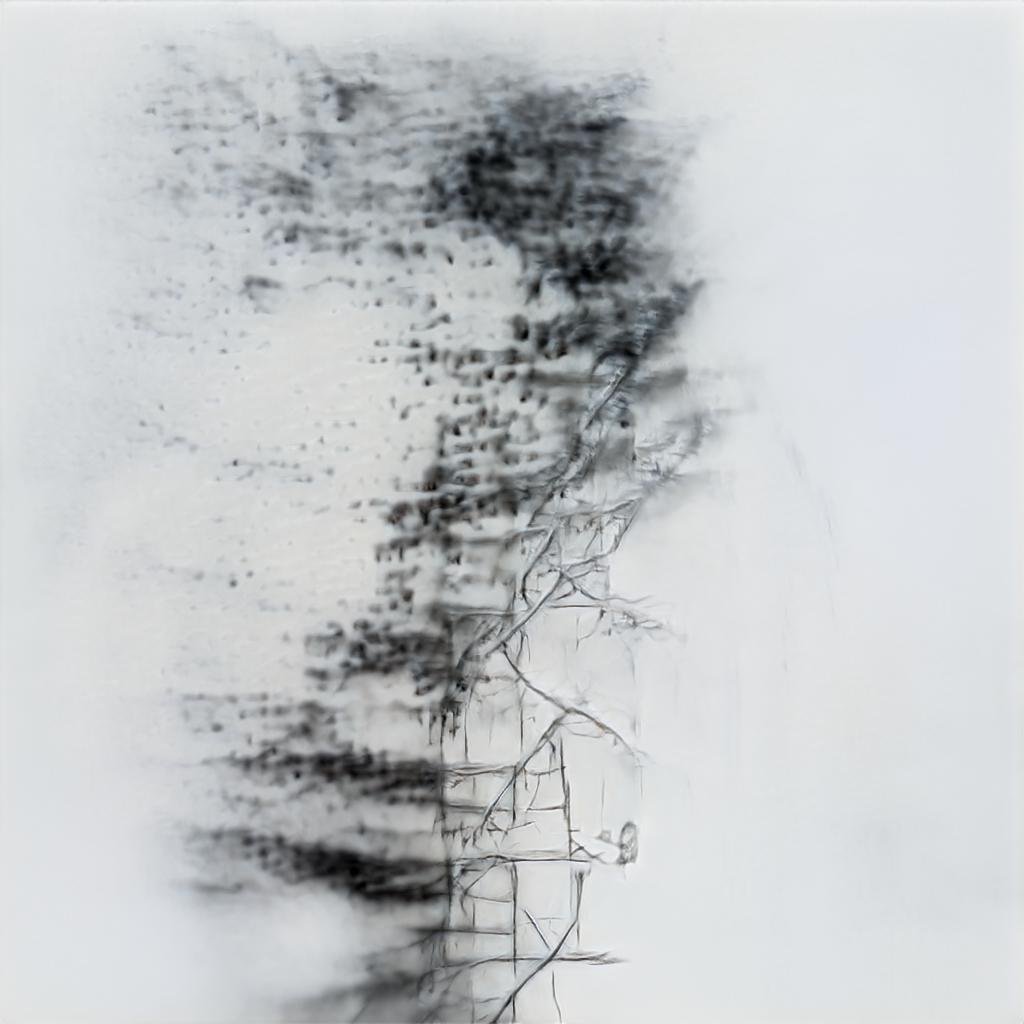
Examples of AI generated maps, 2021
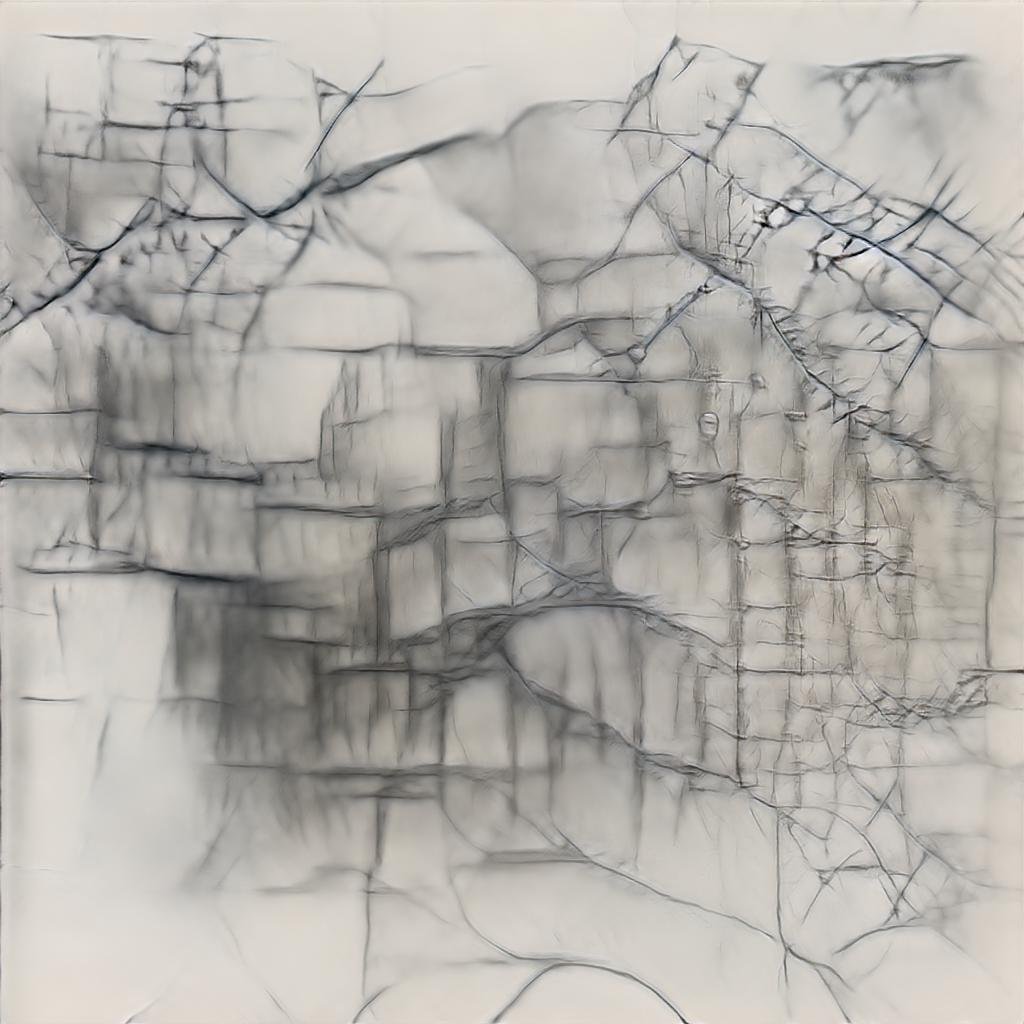
Examples of AI generated maps, 2021
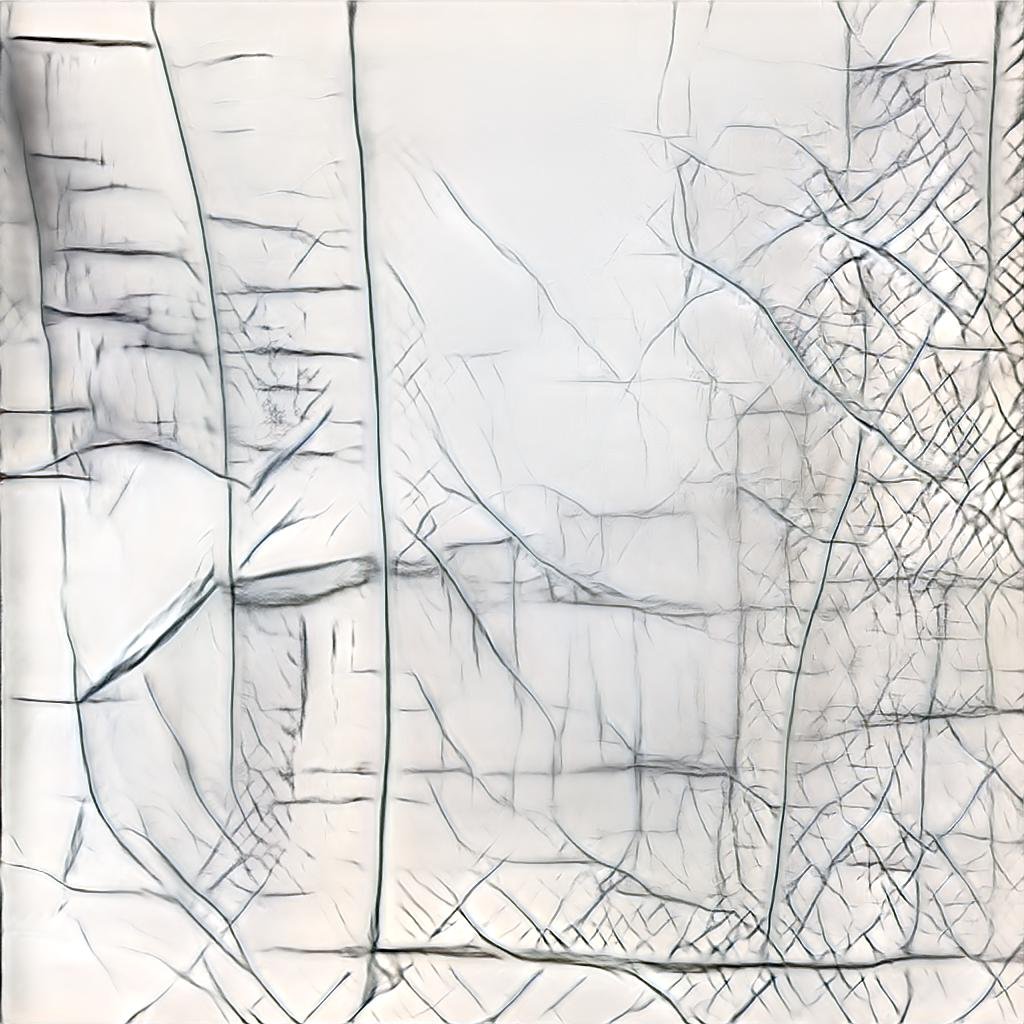
Examples of AI generated maps, 2021
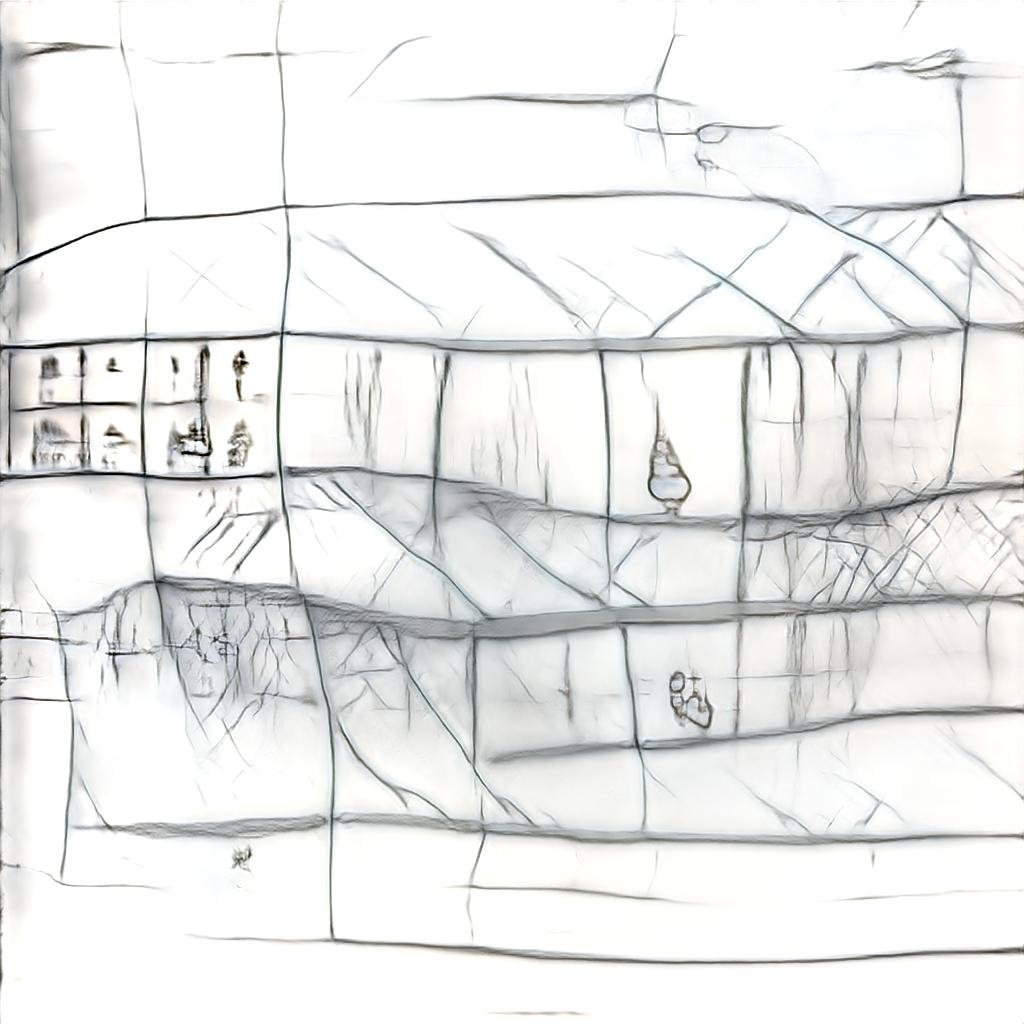
Examples of AI generated maps, 2021
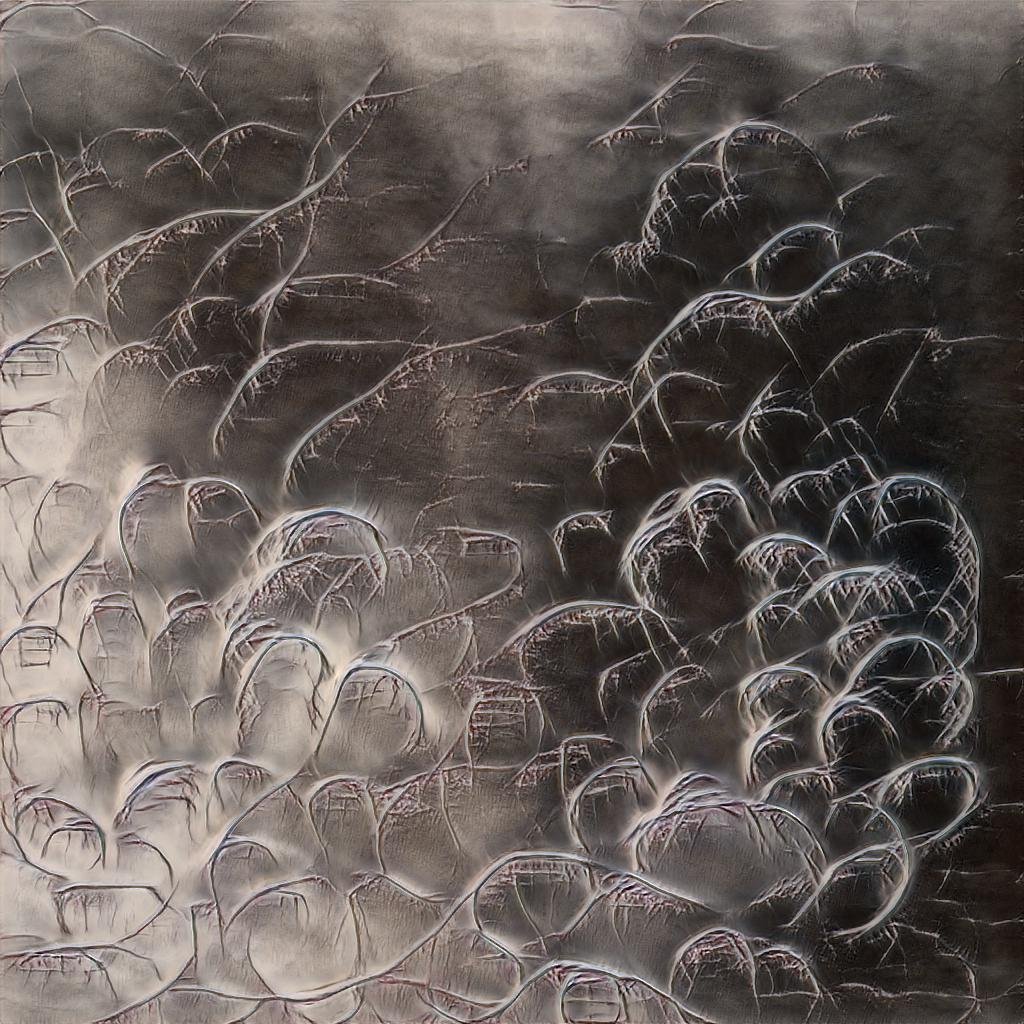
Examples of AI generated maps, 2022

Examples of AI generated maps, 2022
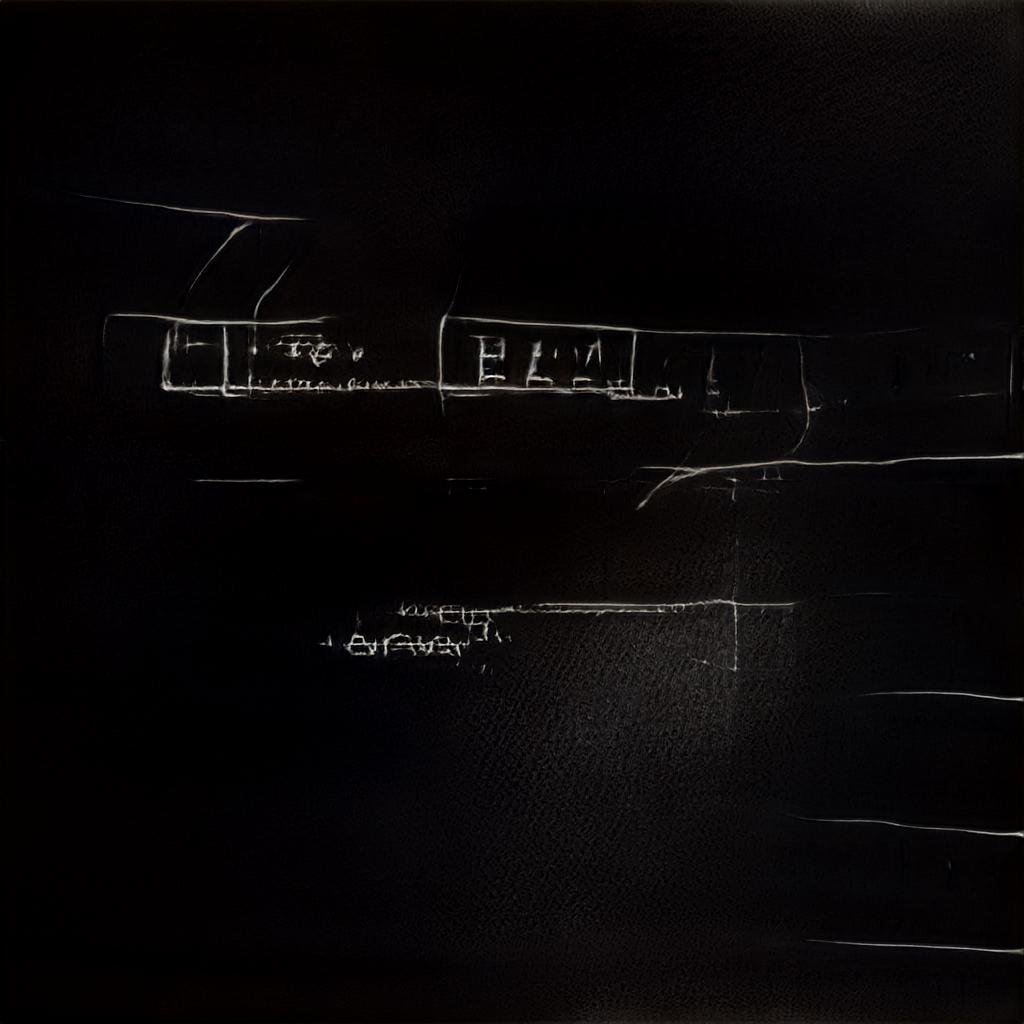
Examples of AI generated maps, 2022
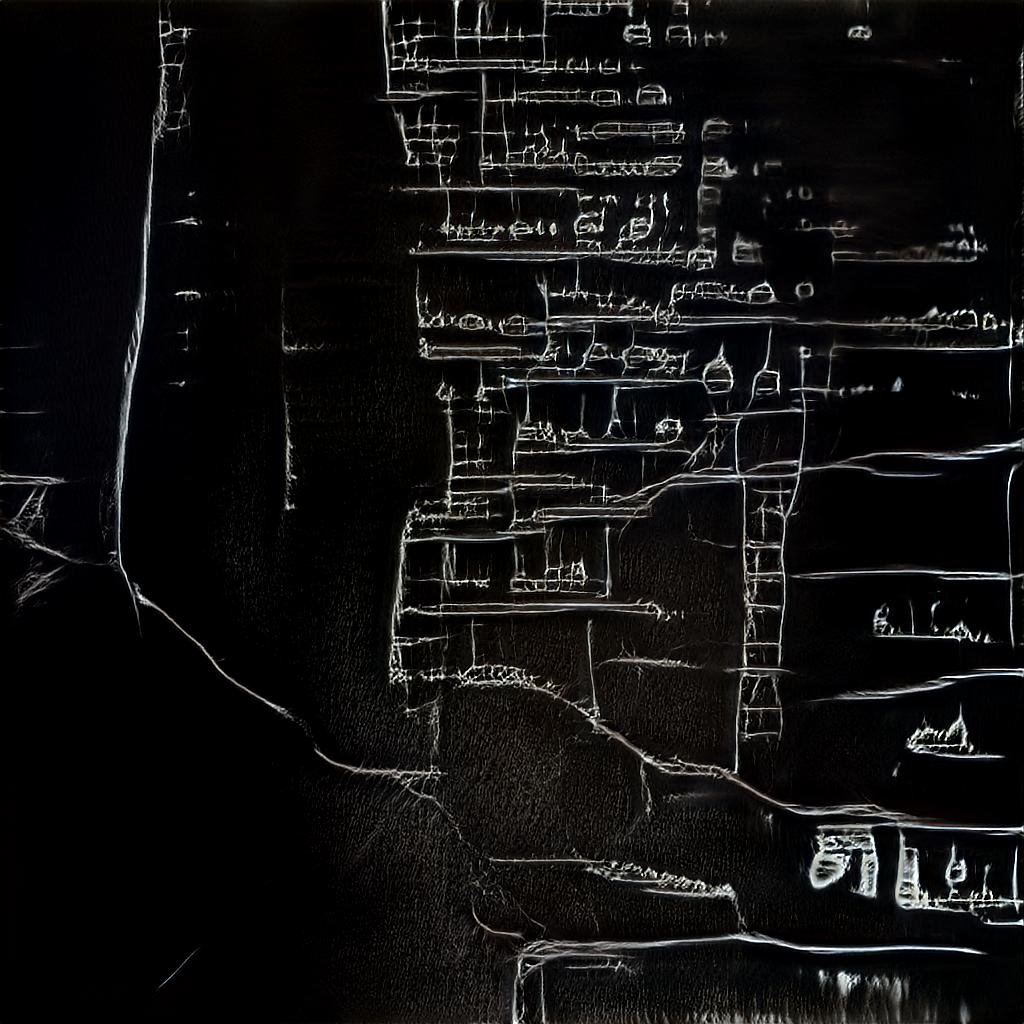
Examples of AI generated maps, 2022
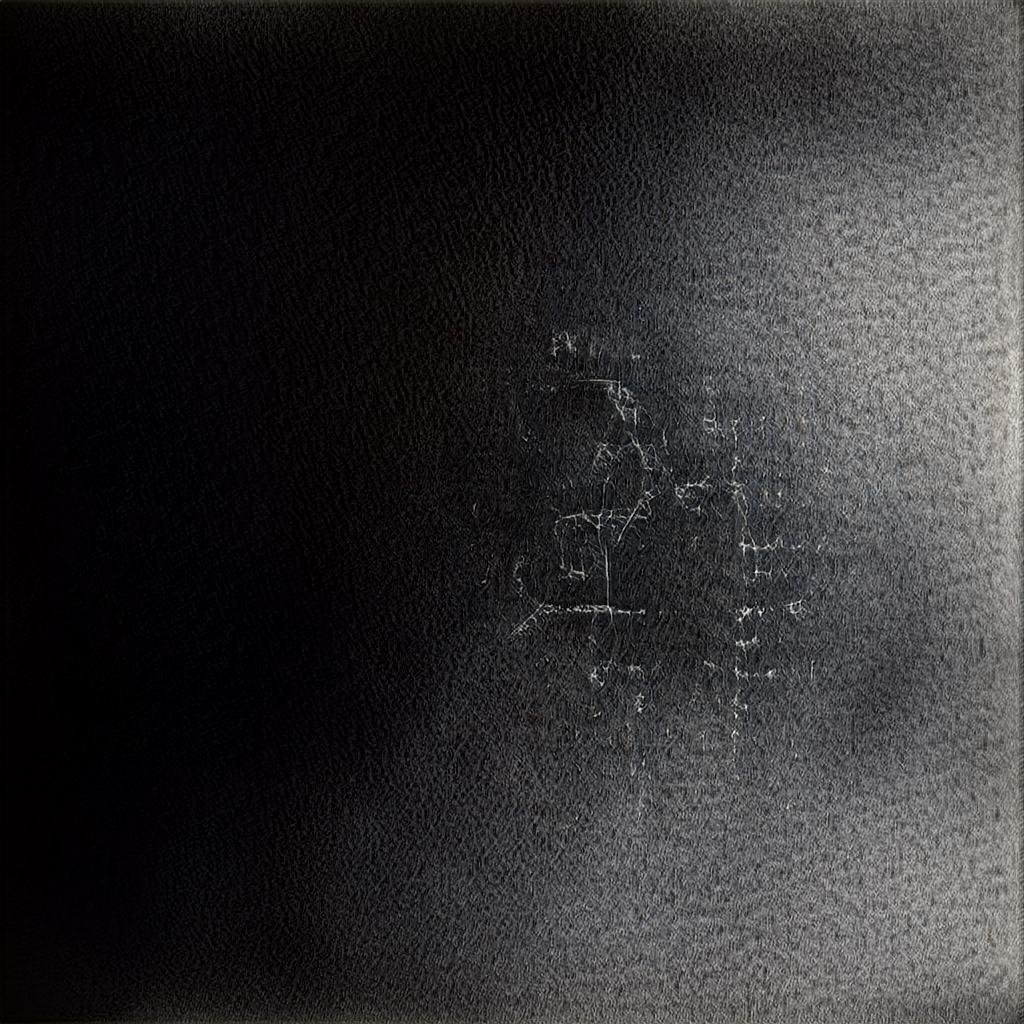
Examples of AI generated maps, 2022

Examples of AI generated maps, 2022
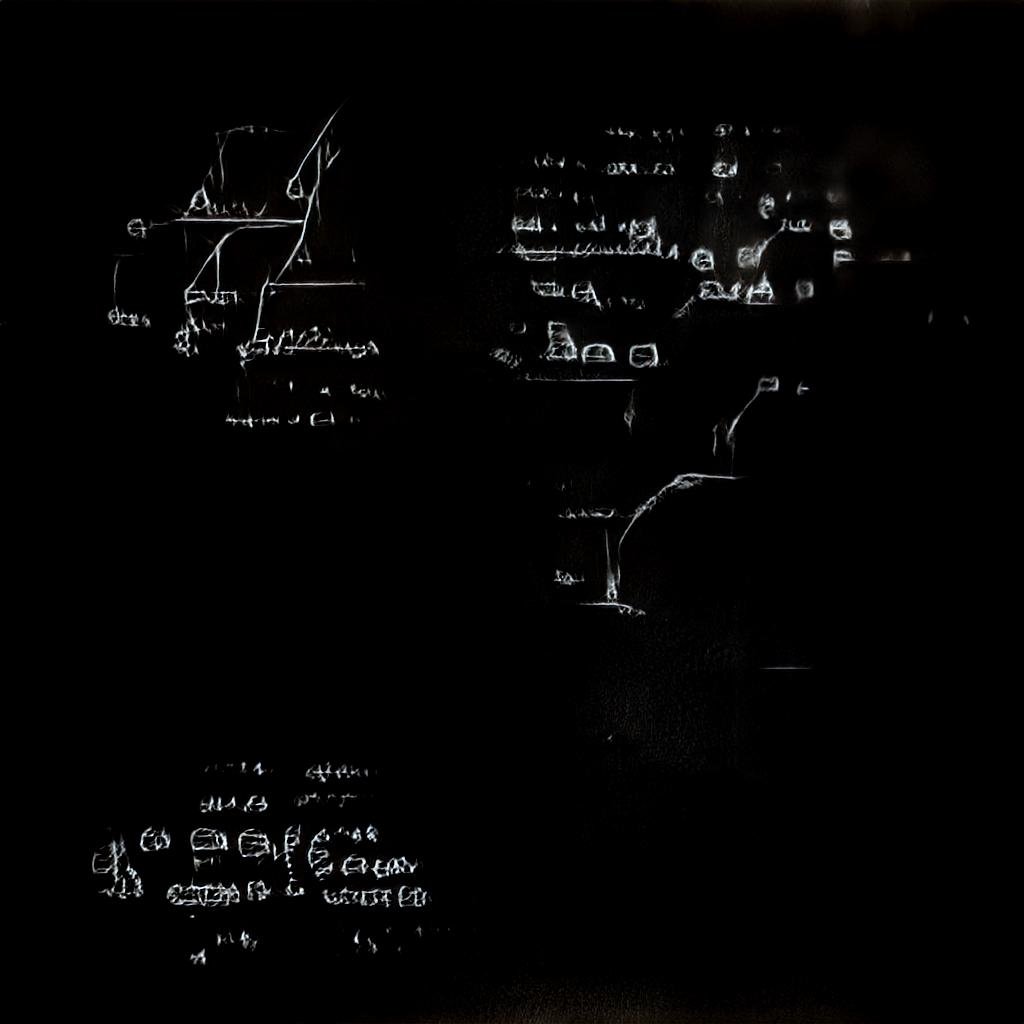
Examples of AI generated maps, 2022
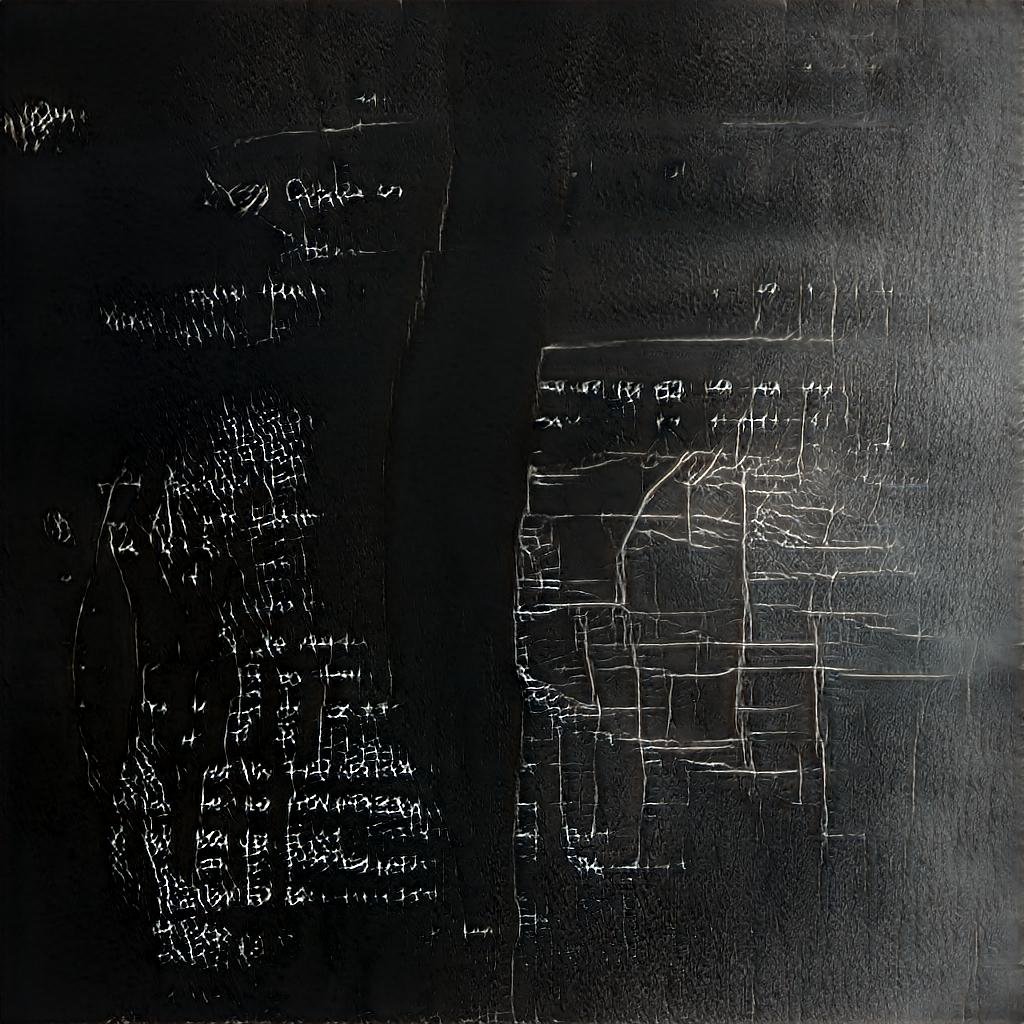
Examples of AI generated maps, 2022
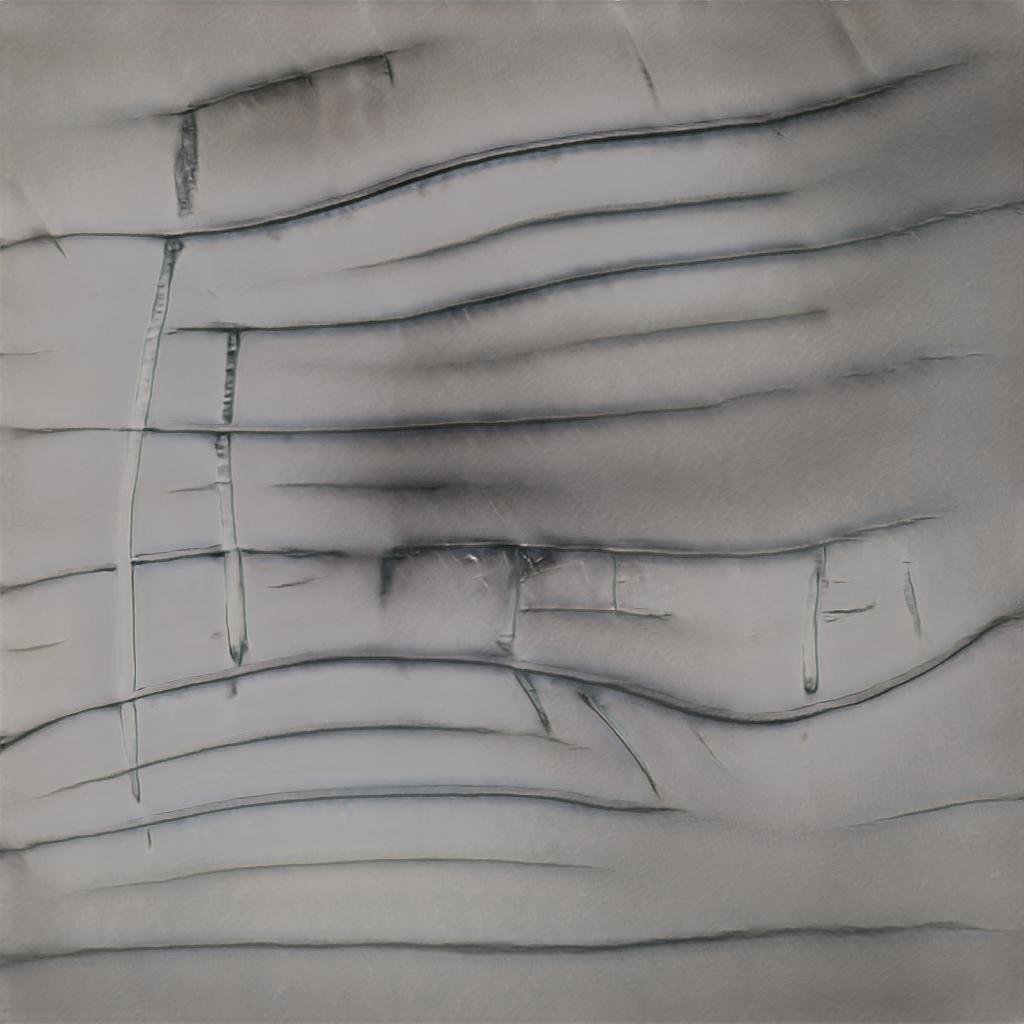
Examples of AI generated maps, 2022


